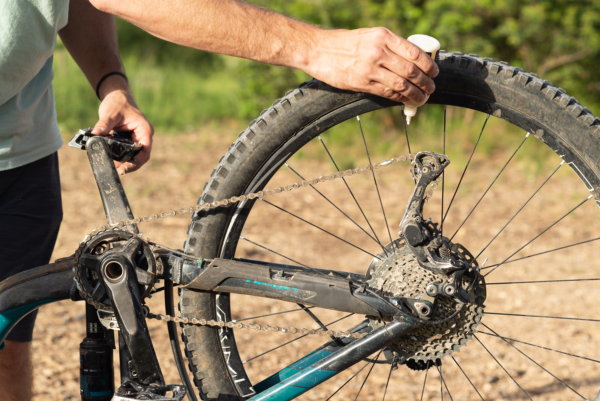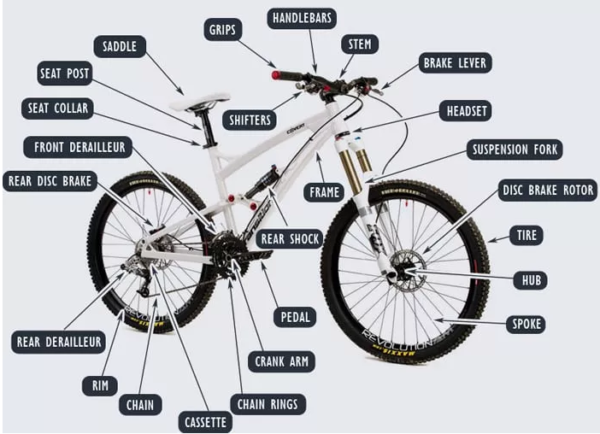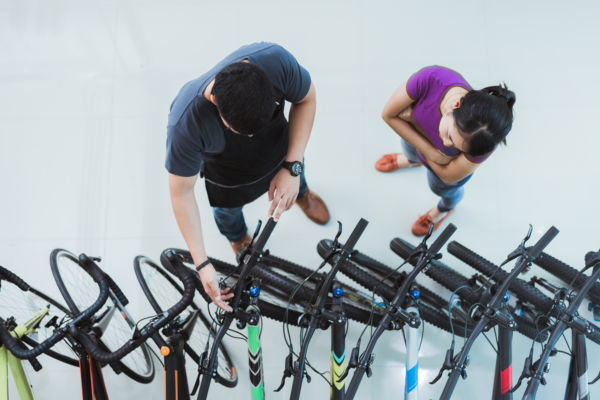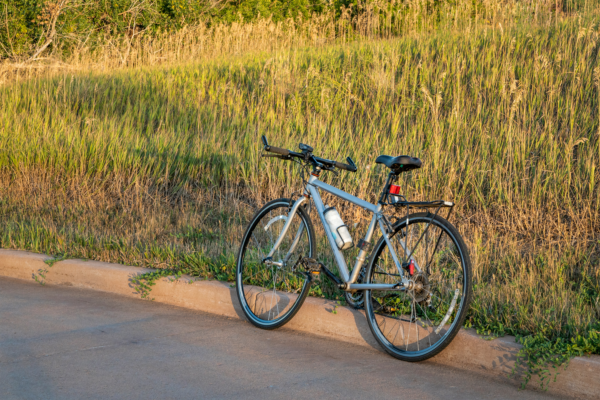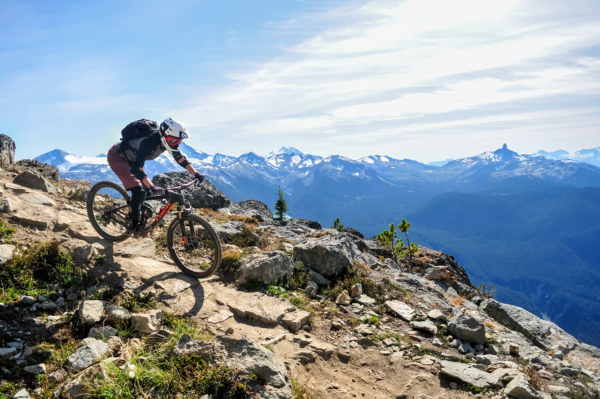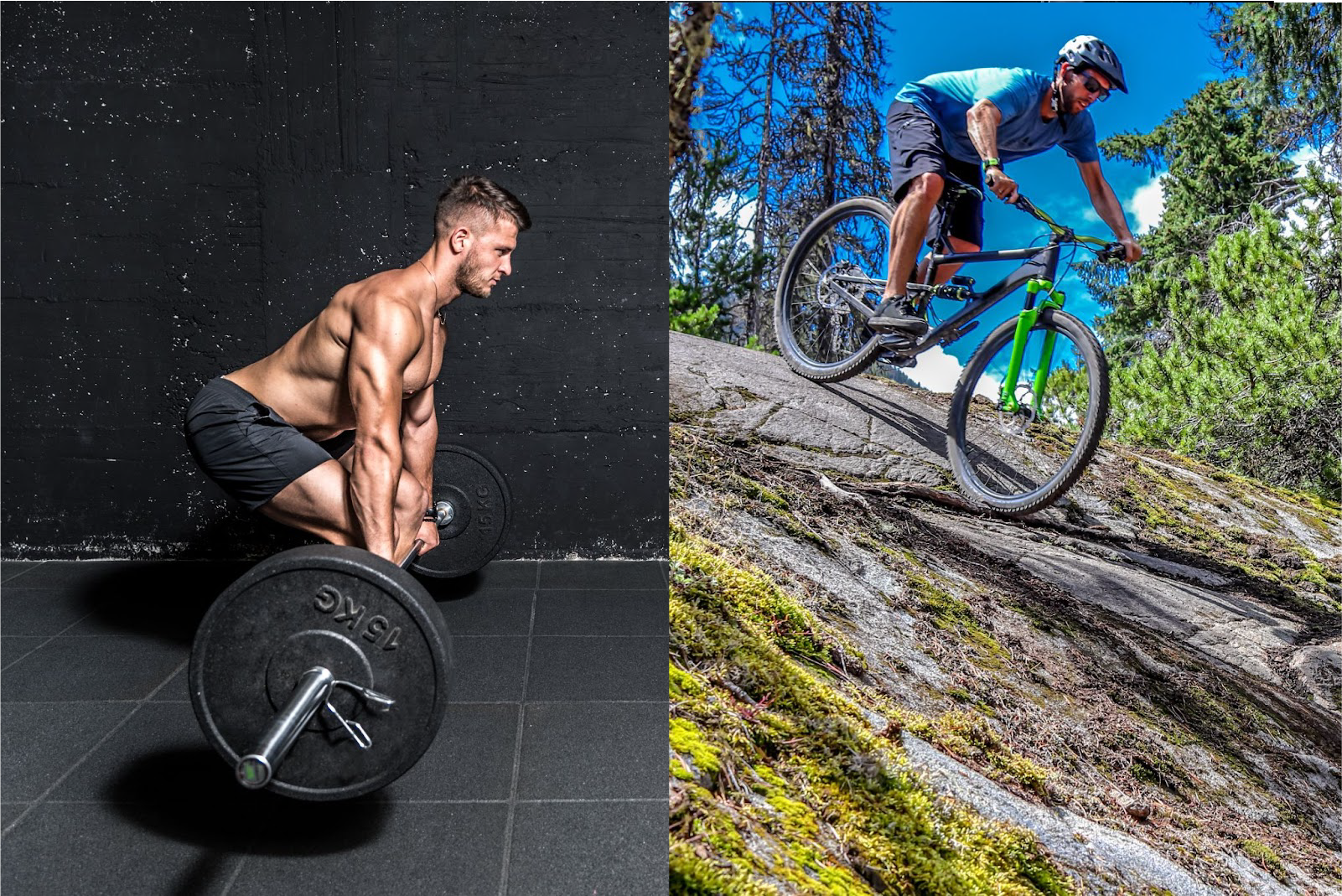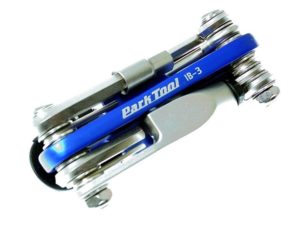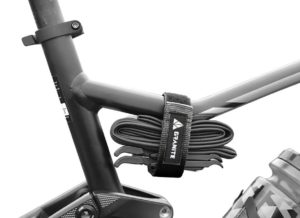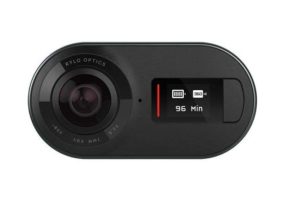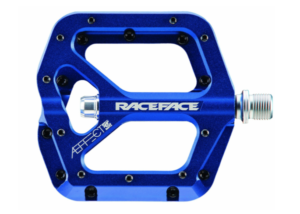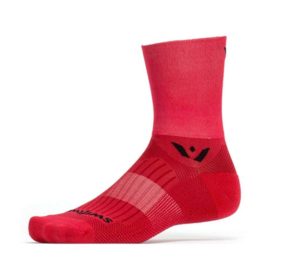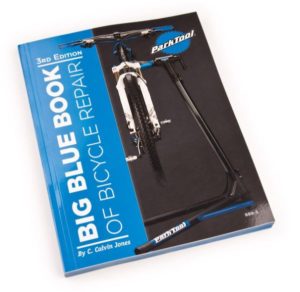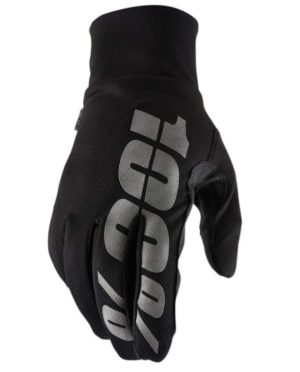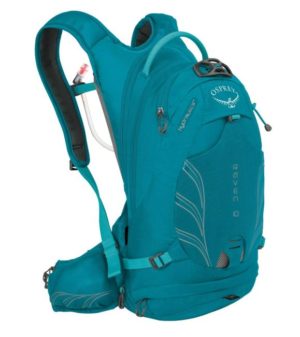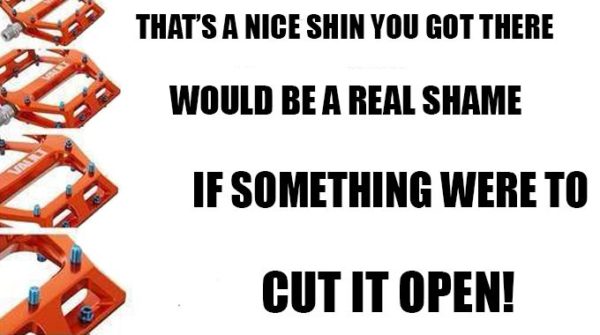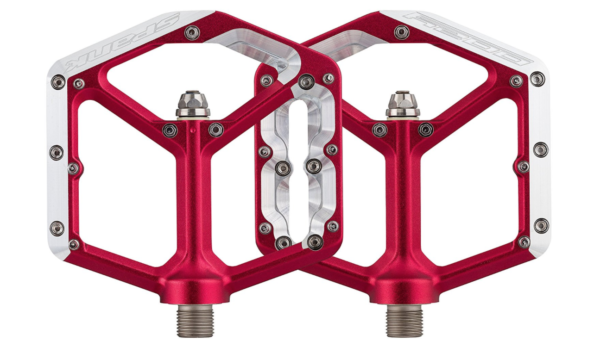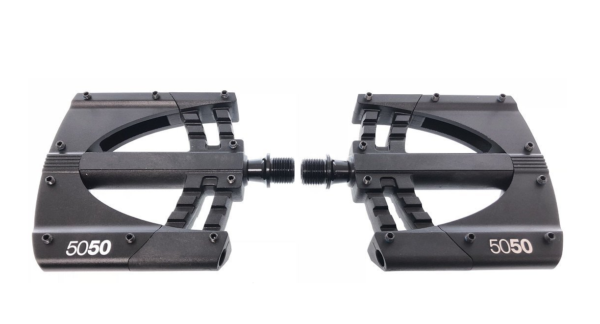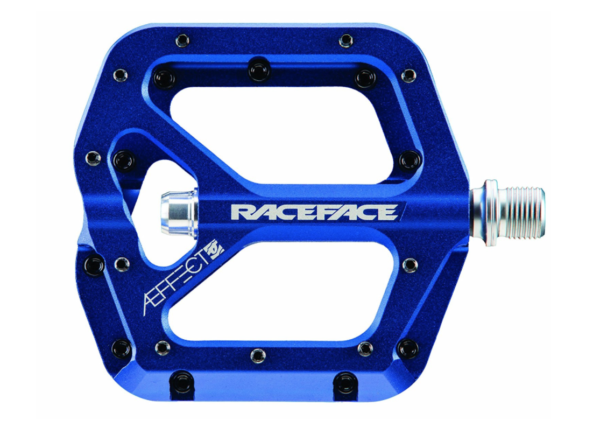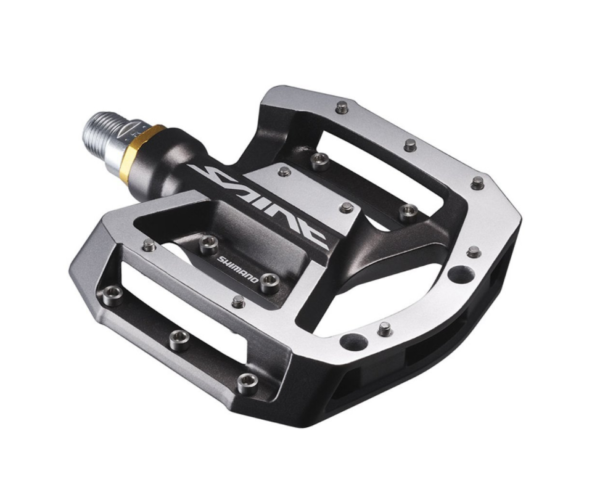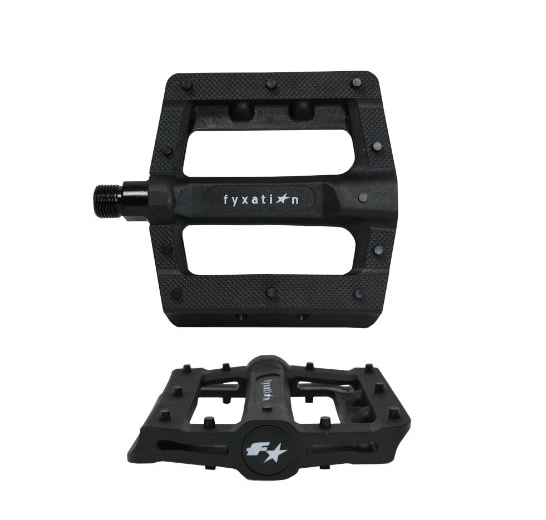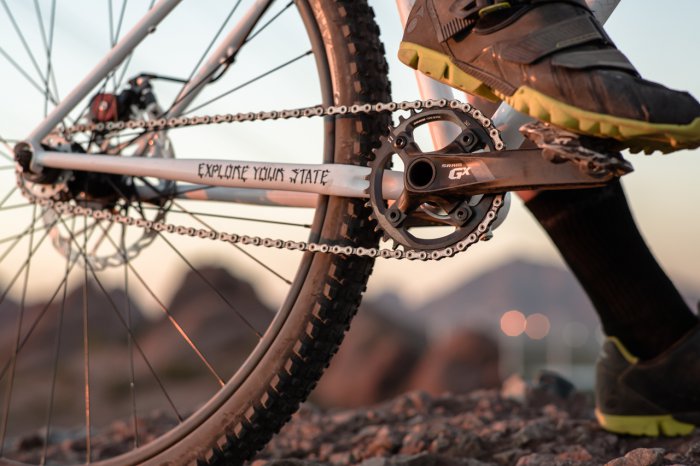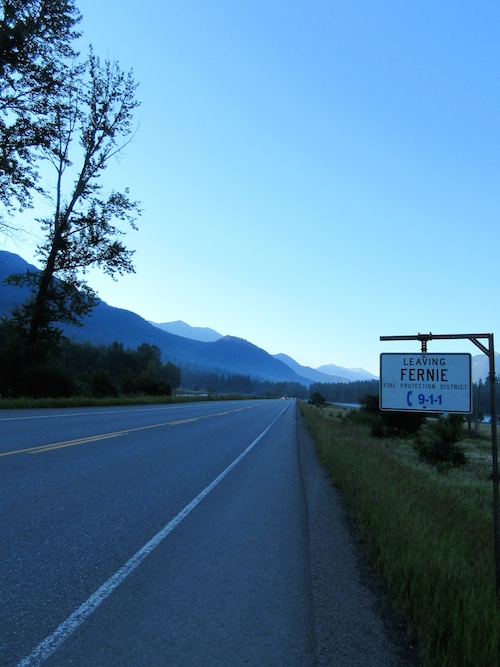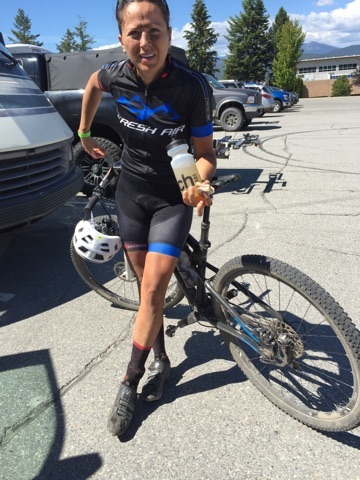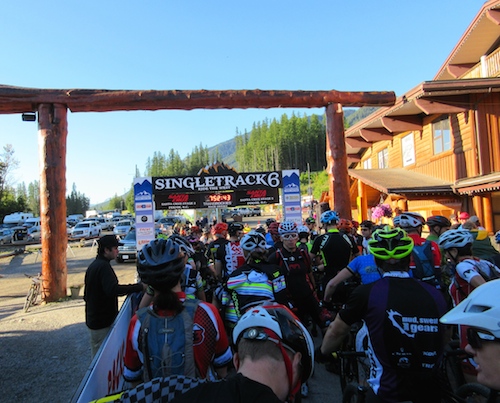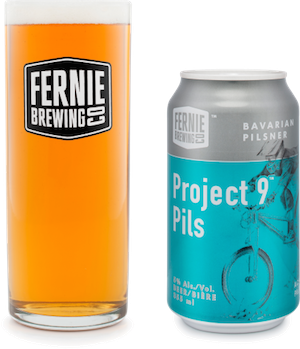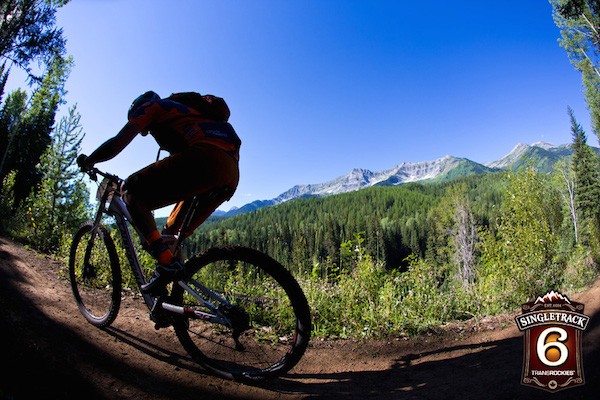Whether you’re an experienced trail enthusiast or a beginner looking to get started, choosing the right mountain bike is crucial. There are various types of mountain bikes, each designed to excel in specific terrains and riding styles. In this article, we’ll delve into the diverse world of mountain bikes, and help you make an informed decision about which one will best suit your needs.
(Credit: Adobe Stock)
What Makes A Mountain Bike Different?
Mountain bikes stand out in the world of cycling due to their unique design and purpose-built features, which distinguish them from other types of bikes. One key factor that sets mountain bikes apart is their robust and durable construction. These bikes are engineered to withstand the rugged and often unforgiving terrains encountered on off-road trails.
Unlike road or city bikes, mountain bikes feature reinforced frames, heavy-duty components, and rugged tires that can handle rocky, muddy, or root-laden paths. This durability not only contributes to the bike’s longevity, but also promotes rider safety when navigating more technical and challenging landscapes.
Another defining characteristic of mountain bikes is their specialized suspension systems. Most mountain bikes are equipped with suspension forks in the front and, in some cases, rear suspension as well. These suspension systems absorb shock and impacts from uneven terrain, providing riders with greater control, comfort, and traction.
Mountain bikes are purpose-built machines designed to conquer the diverse and demanding landscapes of off-road trails. They’re the preferred choice for adventurous cyclists seeking a thrilling and challenging riding experience. With that in mind, there are many types of mountain bikes available on the market today. Let’s take a look at which one might be right for you.
(Credit: Adobe Stock)
Types of Mountain Bikes
Cross-Country (XC) Bikes
Cross-country mountain bikes are designed for efficiency and speed on less technical terrain. They are characterized by their lightweight frames, narrow tires, and minimal suspension. XC bikes are perfect for long-distance rides, endurance races, and climbing steep hills. Riders who enjoy smooth trails and covering long distances at a fast pace often opt for cross-country bikes.
Best Accessory: Maxxis Tubeless Folding MTB Tire
Tubeless tires reduce the risk of flats and allow you to run lower tire pressures for better traction.
Trail Bikes
Trail bikes are one of the most versatile categories of mountain bikes. They strike a balance between climbing efficiency and descent capabilities. These bikes typically feature suspension travel ranging from 120mm to 150mm and are ideal for tackling a wide range of trails, from mild to moderately technical. Trail bikes are excellent if you’re looking for a well-rounded bike.
Best Accessory: Cascade Dropper Post
A dropper seatpost allows you to quickly lower your saddle’s height with the push of a button for smoother descents and improved maneuverability.
All-Mountain/Enduro Bikes
All-mountain (also known as enduro) bikes are designed for aggressive downhill riding while still offering efficient pedaling capabilities for climbing. Heavier suspension allows these bikes to handle rough, technical descents with ease. They often come with features like dropper posts and wider tires to provide stability and control on challenging terrain.
Best Accessory: Demon Podium Full Face Bike Helmet
A full-face helmet provides maximum protection for your head, face, and chin. It’s crucial for safety when riding aggressive trails.
Downhill Bikes
Downhill mountain bikes are built for one purpose: descending steep and technical trails at high speeds. These bikes have long-travel suspension (usually 200mm or more), robust frames, and massive brakes to provide maximum stability and control during descents. Due to their specialized nature, downhill bikes are not as suitable for riders with more versatile needs.
Best Accessory: Gute MTB Racing Full Body Armor
Comprehensive body armor should be combined with a full face helmet, gloves, and pads. It helps provide protection against high speed impacts and crashes.
Fat Bikes
Fat bikes are designed to conquer snow, sand, mud, and other more difficult terrains. They are recognized for their oversized tires (around 4+ inches) which provide exceptional traction and floatation. Fat bikes have minimal suspension and are often used for exploration and adventure riding as opposed to high performance jumping and climbing.
Best Accessory: MOHEGIA Studded Fat Tire Replacement
Studded fat bike tires are indispensable. They enhance grip on slippery surfaces, helping individuals to ride confidently in harsh and challenging conditions.
Electric Mountain Bikes (e-MTBs)
Electric mountain bikes, or e-MTBs, are gaining popularity due to their pedal-assist electric motors. These bikes come in various styles, including cross-country, trail, and enduro. E-MTBs provide an extra boost to the rider’s pedaling efforts, making it easier to conquer steep climbs and explore more terrain without as much physical exertion.
Best Accessory: QWW Electric Bike Lithium Ion Battery
Having a spare battery allows you to extend your ride without worrying about running out of power, and can be the difference when you get stuck in a sticky situation.
Become a Better Mountain Biker With Dynamic Cyclist
Now that you have a better idea of the equipment you need, let’s work on the most important piece of equipment you already have – your body! Dynamic Cyclist is our online training platform designed to help you ride pain-free and to the best of your abilities. Join thousands of cyclists worldwide by clicking here and starting a 7-day free trial!
